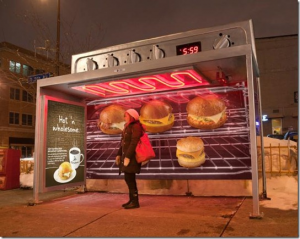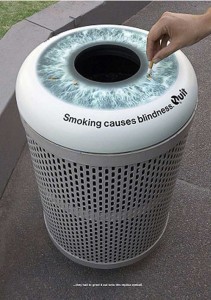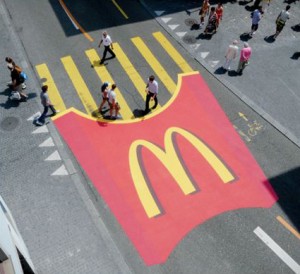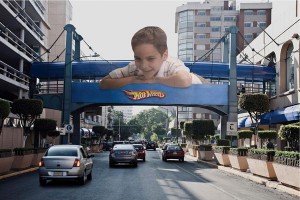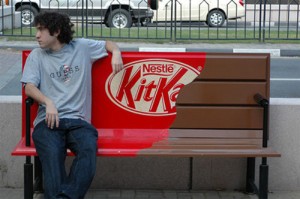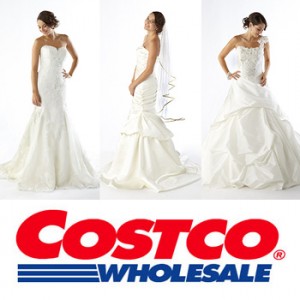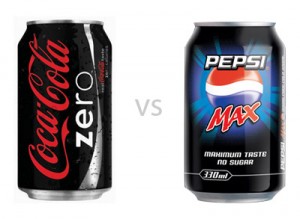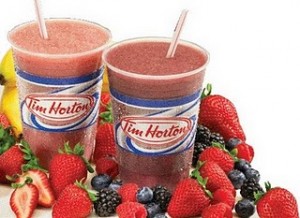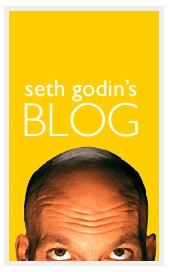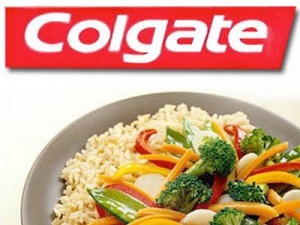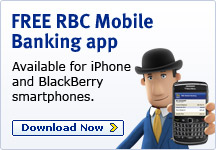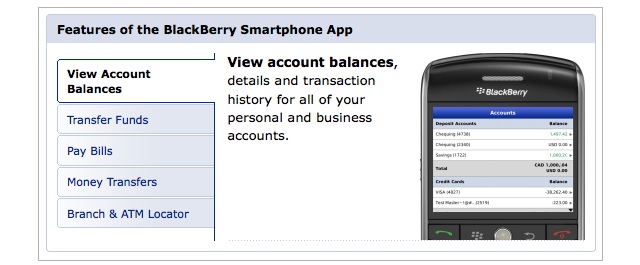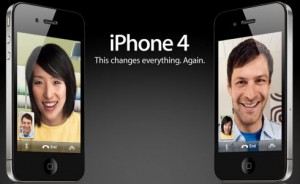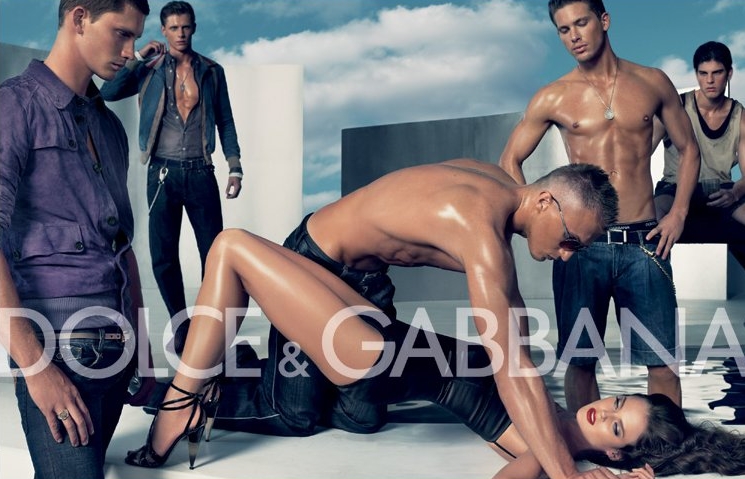When it comes to unethical advertising, McDonald’s happens to top the list in this category. As we know, McDonald’s attracts many young kids with their Happy Meal option where a toy is received along with a meal. It has been a great way for the company to entice children to eat their food and influence parents to satisfy their children’s happiness by buying the Happy Meal to get the toy, even if the meal is unhealthy. This has in fact become such a controversial tactic that there has even been a case where a mother has sued a Sacramento McDonald’s because she claims it, “manipulated her children into begging to eat at McDonald’s.”
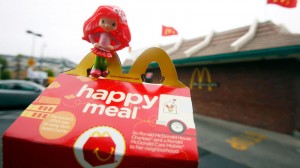
However as my marketing professor, Elaine, explained ethics is not a black and white issue in marketing but rather a gray one. Can we say that this kind of advertising McDonald’s is doing is unethical or can we just say that parents need to learn to not give in to their children’s wants? With many advertisements aimed at children because they are not sensible enough at that age to realize what is right and wrong, some people say it is just the way it goes in marketing. While others think that companies should be able to advertise their products freely, but still stick to some type of guidelines in order to keep it ethical. In my opinion, I think McDonald’s is just trying to create a sustainable competitive advantage and is willing to advertise and promote their Happy Meal to vulnerable children to sell the product which is the ultimate goal. While I’m not saying this is completely right, I don’t know if I would say it is completely unethical either.

